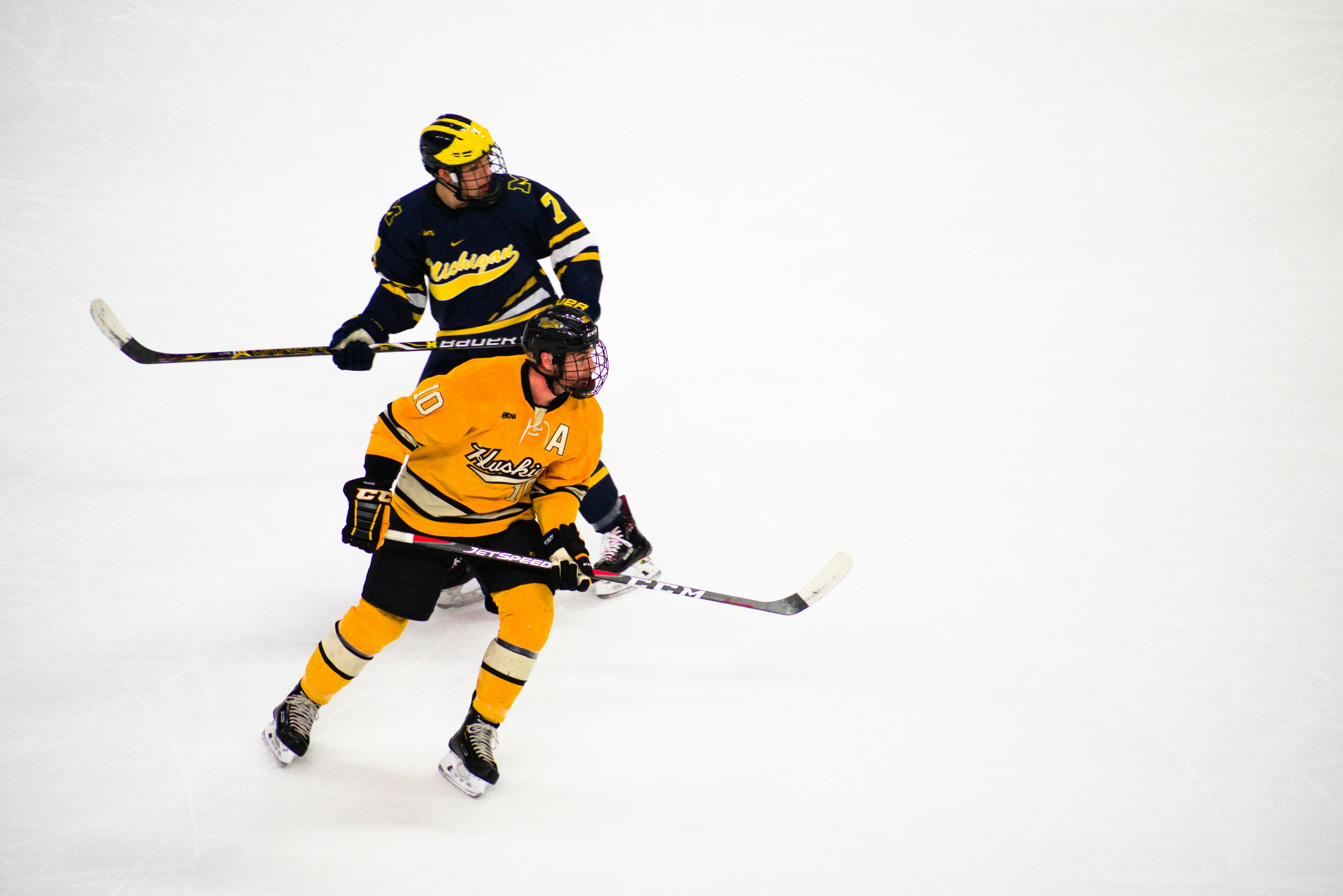Unraveling the Intricacies of Modern Ice Hockey Training Techniques
First known to have been played in the mid-19th century, ice hockey has evolved dramatically over the course of its existence. From its humble beginnings in Canada as a game played on frozen ponds to its current status as a major professional sport enjoyed worldwide, ice hockey's growth and development have been marked by significant changes in playing styles, rules, and training methodologies.

Modern Ice Hockey: A Fusion of Speed, Skill, and Strategy
Today, ice hockey stands as a fast-paced, highly skilled game that demands a blend of physical prowess, tactical intelligence, and team synergy. The game is constantly evolving, with current trends emphasizing speed, agility, and skill over sheer physicality. This evolution has necessitated a shift in training methodologies, which are now designed to develop players who can excel in this new style of play.
The Science Behind the Training: Building an Elite Ice Hockey Player
Modern ice hockey training is a complex, multifaceted process that integrates various elements of sports science. Strength and conditioning, skill development, psychological preparation, and tactical understanding are all integral components of a comprehensive training program. Each of these elements presents its own benefits and challenges, requiring careful planning and execution to ensure optimal player development.
From the Lab to the Ice: Practical Applications of Training Techniques
The practical application of these training methodologies is where theory meets reality. For example, strength and conditioning programs must strike a balance between developing power for explosive skating and maintaining agility for quick directional changes. Skill development drills, meanwhile, must be designed to enhance puck control, shooting accuracy, and defensive abilities under game-like conditions.
Looking Ahead: The Future of Ice Hockey Training
The future of ice hockey training is likely to be marked by a continued emphasis on speed, skill, and tactical understanding. Advances in sports science and technology will also play a crucial role, providing new tools and insights to refine training methodologies and enhance player development. As the game continues to evolve, so too will the methods used to train the athletes who play it, ensuring that ice hockey remains a dynamic, exciting, and highly competitive sport.
The world of ice hockey is a thrilling realm where speed, skill, and strategy converge. The training techniques employed are sophisticated, reflective of the sport’s evolution and the athletes’ unwavering commitment to excel. As we move forward, the fascinating interplay between sports science and practical application promises to keep pushing the boundaries of what’s possible on the ice.




